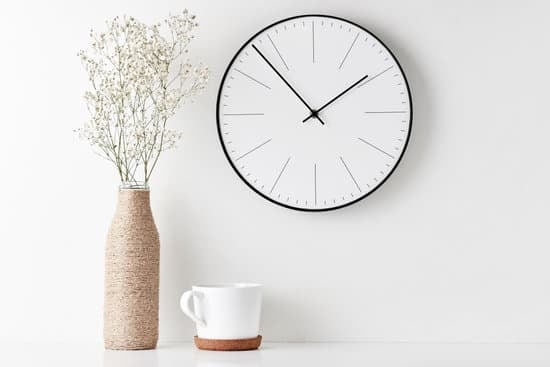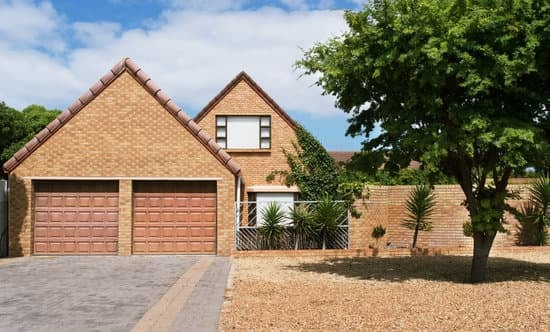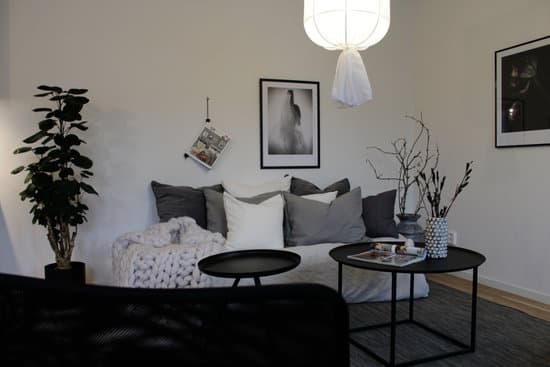Why is my log cabin turning black?
As a log cabin owner, you may have been shocked to notice your cabin logs turning black. This appearance can be alarming for some owners, and it could indicate a serious problem with the cabin’s structure. However, the good news is that it’s usually just a symptom of a problem that can be fixed rather easily. In this article, we will discuss why log cabins turn black, and what can be done to prevent or remedy this issue.Sources of Moisture in Log Cabins
Moisture is the primary culprit behind blackened logs. When moisture enters the wood of your cabin, it can cause the formation of mold, mildew, and fungus, which can then turn the logs a blackish color. Moisture can enter your cabin in a variety of ways. The most common sources of moisture are:- High humidity levels
- Ground moisture
- Leaking pipes and faucets
- Condensation inside the cabin
- Roof leaks
- Improperly installed gutters
Impact of Rain on Log Cabin
Of all the sources of moisture, rainwater is the most common cause of blackened logs in log cabins. Rainwater can cause the logs to absorb moisture, and the prolonged exposure of the cabin to rainwater can lead to the logs turning black. If the cabin is not properly sealed, rainwater can enter the logs, causing even further damage.Understanding the Relationship between Stain and Log Color
In some cases, stains used on log cabins can cause the logs to turn black. This can happen when the stain isn’t applied correctly, or when the wrong type of stain is used on the logs. Darker stains, for example, can cause the logs to take on a darker color over time. Unstained logs will naturally weather to a grayish color over time, but excessive moisture can speed up this process and cause the logs to turn black.Steps for Preventing Excessive Moisture in Logs
To prevent your log cabin from turning black, it’s important to take steps to prevent excessive moisture from entering the wood. These steps include:- Sealing all gaps in the walls and roof of your cabin
- Regularly inspecting and repairing any leaks in the roof or gutters
- Ensuring proper drainage around the cabin by grading the soil away from the foundation
- Keeping the area around the cabin free from vegetation and debris that can trap moisture against the logs
- Installing a dehumidifier inside the cabin to keep the humidity levels under control
Cleaning Techniques for Blackened Logs
If your log cabin’s logs have already turned black, you can take steps to restore them to their natural color. The best way to do this is by cleaning the logs using a solution of bleach and water. Mix one part bleach with four parts water, and spray the solution onto the blackened logs. Allow the solution to sit for 10-15 minutes, and then rinse the logs thoroughly with a hose. Be sure to wear protective clothing and goggles while using bleach.Best Practices for Log Cabin Maintenance
Preventing your log cabin from turning black is just one part of maintaining the cabin’s structure and appearance. Here are some additional best practices for log cabin maintenance:- Regularly inspect your cabin for signs of damage or wear and tear
- Reapply stain or sealant to your cabin’s logs every few years to protect them from the elements
- Keep the area around your cabin free from debris and vegetation that can trap moisture against the logs
- Regularly clean your cabin’s gutters to prevent clogs and buildup
- Consider hiring a professional log cabin maintenance company to inspect and maintain your cabin





















